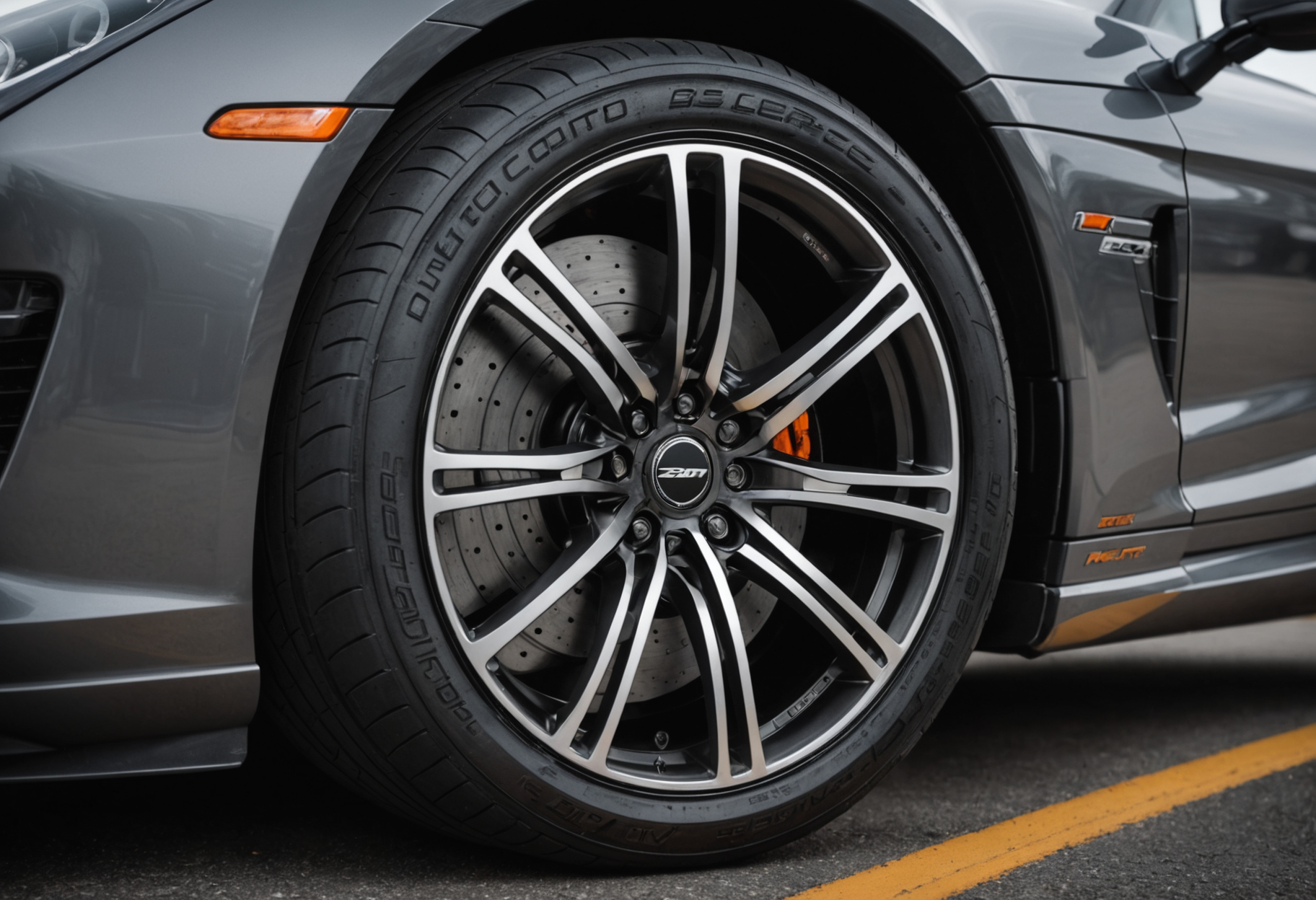When it comes to automotive performance, safety, and aesthetics, tire selection and fitment are critical components that require thorough consideration. While many drivers focus on tread patterns and tire compounds, the tire sidewall plays a pivotal role in fitment decisions, influencing everything from ride comfort to handling. This article aims to explore the multifaceted nature of tire sidewalls, how they affect vehicle dynamics, and their significance in fitment decisions.
Understanding the Tire Sidewall
The sidewall of a tire is the portion that extends from the tread to the bead, connecting the tread to the wheel. It is essential for several reasons, including structural integrity, aesthetic appeal, and providing important information through various markings. Understanding the anatomy of a tire sidewall is crucial for making informed fitment choices.
Components of a Tire Sidewall
- Tire Type: Indicates if the tire is radial or bias ply.
- Aspect Ratio: Represents the height of the sidewall as a percentage of the tire’s width.
- Load Index: Indicates the maximum load a tire can handle.
- Speed Rating: Denotes the maximum speed the tire can safely maintain.
- DOT Code: Provides information about the tire’s manufacturing date and location.
The Importance of Tire Sidewall in Fitment
The tire sidewall is not merely a protective barrier; it significantly influences how a vehicle performs under various conditions. Here are several key aspects that showcase its importance:
1. Ride Comfort
The sidewall height, determined by the aspect ratio, directly impacts ride comfort. A taller sidewall generally absorbs more shock, providing a smoother ride over rough surfaces. Conversely, tires with shorter sidewalls tend to deliver a firmer ride, which can enhance handling but may result in less comfort.
2. Handling and Stability
A tire’s sidewall stiffness affects how the vehicle handles during cornering and other maneuvers. Shorter sidewalls can improve responsiveness and cornering stability, while taller sidewalls may lead to more body roll. Selecting the right height is crucial for matching the vehicle’s intended use.
3. Compatibility with Vehicle Dynamics
Tire sidewalls influence the vehicle’s overall dynamics. Fitment decisions should consider the entire suspension setup and how different sidewall dimensions will interact with existing components. Mismatched sidewalls can lead to adverse effects such as poor alignment and uneven tire wear.
4. Aesthetic Considerations
Aside from functionality, many vehicle owners consider the aesthetic aspect of tire fitment. Wider tires with shorter sidewalls can give a more aggressive appearance and enhance the vehicle’s stance. However, it is essential to balance visual appeal with performance requirements.
Evaluating Fitment Decisions
When determining the right tire and wheel fitment for a vehicle, several factors must be assessed. Here are the essential considerations:
1. Vehicle Manufacturer Specifications
Always begin fitment research by consulting the vehicle manufacturer’s specifications. These guidelines include recommended tire sizes, load indices, and speed ratings, ensuring compatibility with the vehicle’s design and performance needs.
2. Tire Size and Fitment Calculator
Using a tire size and fitment calculator can simplify the decision-making process. These online tools provide valuable insights into how different tire sizes will affect the vehicle’s overall geometry and performance. Through this calculator, users can evaluate changes in aspect ratios, rolling diameter, and sidewall height, allowing for more precise fitment decisions.
Example of a Tire Size Comparison Table
| Tire Size | Diameter (inches) | Width (mm) | Aspect Ratio |
|---|---|---|---|
| 215/65R16 | 27 | 215 | 65% |
| 225/60R16 | 26.6 | 225 | 60% |
| 235/55R17 | 27.4 | 235 | 55% |
3. Wheel Size and Offset
The wheel’s diameter and offset must complement the tire size chosen. A change in wheel width and offset affects how the tire fits within the wheel well, impacting both appearance and performance. A proper balance must be struck whereby the tires do not rub against suspension components or the vehicle body while maintaining optimal handling characteristics.
4. Driving Conditions and Usage
Consideration of driving conditions is paramount. Tires designed for different weather conditions and terrains, such as off-road and winter tires, often have distinctive sidewalls that affect performance. For example, off-road tires typically feature reinforced sidewalls to prevent damage on rocky terrain, while performance-oriented tires may have a lower profile for improved cornering capabilities.
Factors Influencing Tire Selection
- Typical driving conditions (city, highway, off-road)
- Climate and seasonal conditions
- Weight of the vehicle and load capacity
- Personal driving preferences and style
Conclusion
In the world of automotive modification, the tire sidewall often goes unnoticed; however, its role in fitment decisions cannot be overstated. From affecting ride quality and handling stability to contributing to aesthetic aspects, a thorough understanding of sidewall characteristics is crucial for selecting the right tires. Vehicle owners are encouraged to balance performance objectives with comfort and visual appeal, keeping in mind manufacturer specifications and the necessary compatibility factors involved in wheel fitment decisions. Ultimately, informed choices regarding tire sidewalls can enhance the driving experience significantly—turning a standard vehicle into a customized performance machine.











